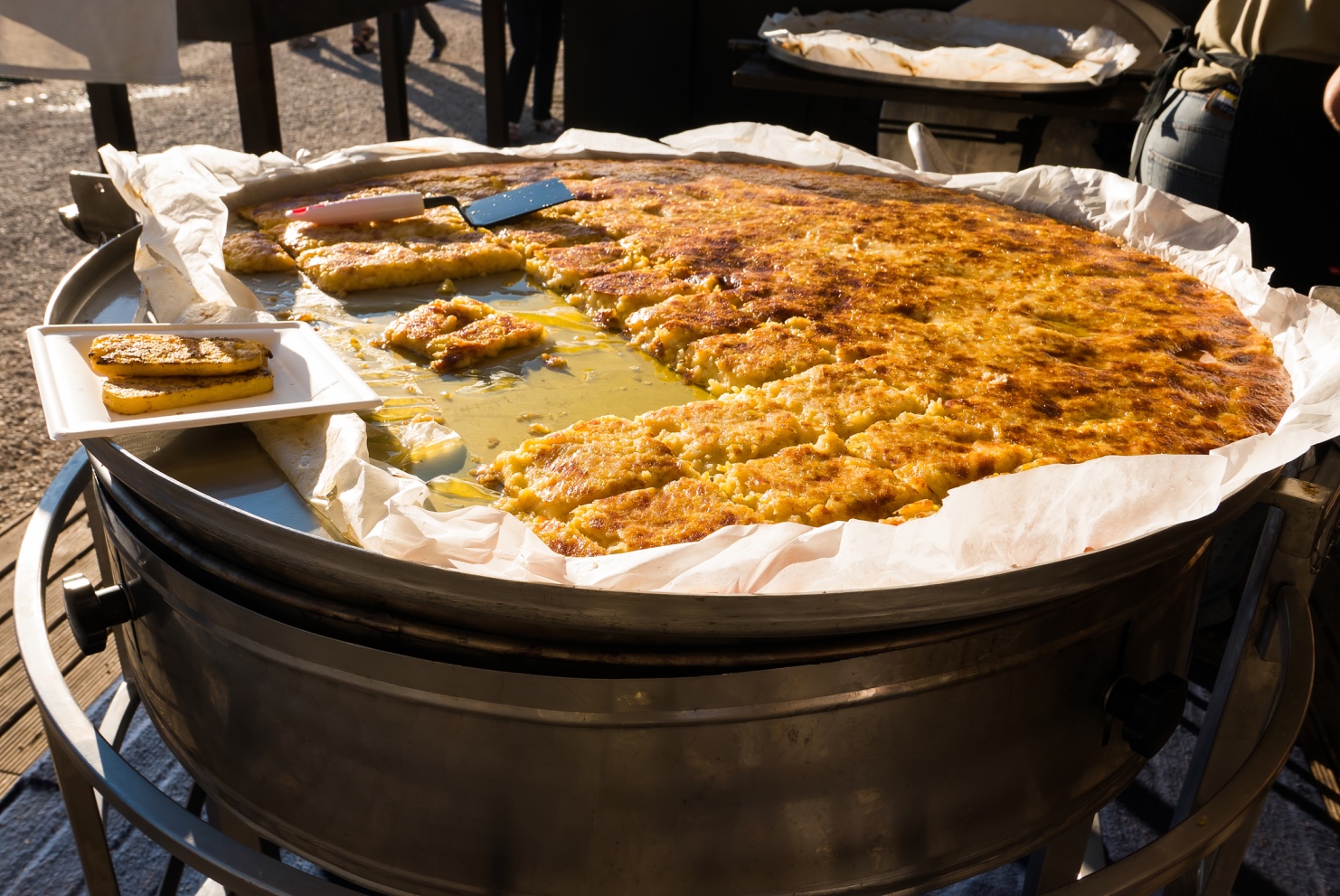Dear Readers,
Beautification of Australia’s Populace, in my biased opinion, took place when Australia experienced an unprecedented inflow of Italians and Mediterranean Europeans in the aftermath of World War II.
If you were not an Italian war bride or groom, your chances of getting into the U.S.A. swiftly were slim, so many Italians emigrated to Australia or Canada instead.
My “cugina Palmina” now lives in Australia and has helped keep Australia beautiful since her arrival in the late 1950’s, when after a brief romantic courtship by post and proxy, she followed her heart to Australia, married an Italo-Australian prince charming Antonio Antonicelli and had five beautiful Italo-Australian “bambini”, two boys and three girls- Silvia, Donato, Angela, Michael and Giuseppina.
A recent photo mailed from Melbourne, Australia shows that the beautiful family of Antonio and Palmina Antonicelli has continued to grow, prosper and enrich the beauty of Australia.
***
My cousin lives near Melbourne, the second largest city in Australia. English is the language of Australia, but Italian is the second most commonly spoken language at home. In California it was a “gold rush” that helped populate our state, likewise it was a “gold rush” that brought many would be miners to Melbourne.
Since many of us Italo-Americans have relatives who emigrated to Australia “dopo la guerra” (after war) let us learn more about Melbourne, Australia. Melbourne is the second most populous city in Australia, with a metropolitan area population of approximately 3.8 million.
Located at the mouth of the Yarra River and the northern and eastern shorelines of Port Phillip, Melbourne is the state capital of Victoria. Melbourne is a major center of commerce, industry and cultural activity. It is home of many of the nation’s most significant cultural and sporting events and institutions. Melbourne is notable for its mix of Victorian and contemporary architecture, its extensive tram network, Victorian parks and gardens and its diverse, multicultural society.
Melbourne was founded by European free settlers in 1835 as a pastoral settlement around the Yarra River. It was transformed rapidly into a major metropolis by the Victorian gold rush in the 1850s. “Marvelous Melbourne” became Australia’s largest and most important city by 1865, the second largest in the British Empire. Melbourne’s growth slowed after 1900 and was overtaken by Sydney, as the largest city in Australia during the early 20th century. Melbourne served as the federal seat of government from the time of the new nation’s federation in 1901, until Federal Parliament moved to purpose-built capital, Canberra, in 1927.
* * *
Victorian gold rush
The state of Victoria was established as a separate colony in 1851 with Melbourne as its capital. The discovery of gold in Victoria in the 1850s led to the Victorian gold rush, and the rapid growth of the city, which provided most of service industries and served as the major port for the region.
During the optimistic 1850s and 1860s, the construction of many of Melbourne’s institutional buildings began, including Parliament House, Treasury Buildings, State Library, Supreme Court, and St. Paul’s and St. Patrick’s cathedrals. The city’s inner suburbs were planned, linked by boulevards and gardens.
Melbourne became a major finance center, home to several banks and to Australia’s first stock exchange by 1861. Melbourne also is home to some of the nation’s oldest educational institutions, including the oldest Law (1857), Engineering (1860), Medical (1862), Dental (1897) and Music (1891) schools, all at the University of Melbourne.
* * *
The earliest inhabitants of the broad area that later became known as Melbourne, were the aboriginal indigenous Australians. Before the gold rush, the first European settlers in Melbourne were British and Irish.
Melbourne was transformed by the 1850s gold rush; within months of the discovery of gold in August 1852, the city’s population increased from 25.000 to 40.000 inhabitants and large numbers of Chinese, German and United States nationals were to be found on the goldfields and subsequently in Melbourne.
The brash boosterism which typified Melbourne during this time came to a halt in 1891 when the start of a severe depression hit the city’s economy, sending the local finance and property industries into chaos during which 16 small banks and building societies collapsed. The Melbourne financial crisis helped trigger the Australian economic depression of 1890s and the Australian banking crisis of 1893. The effects of the depression on the city were profound, although it did continue to grow slowly.
* * *
General Douglas Mac Arthur established Melbourne as the Allied Pacific Headquarters from 1942 to 1944: Australia was a launch base for Pacific operations. During World War II, Melbourne industries thrived on wartime production and the city became Australia’s leading manufacturing center.
***
Post-war period
After the war, Melbourne expanded rapidly, with its growth boosted by an influx of immigrants and the prestige of hosting the Olympic Games in 1956. During the subsequent decades, major freeway development and a significant increase in private car use helped the city significantly and modernized it.
Melbourne is typical of Australian capital cities in that after the turn of the 20th century, it expanded with the underlying notion of a “quarter acre home and garden” for every family, often referred to locally as the Australian Dream. Much of metropolitan Melbourne is characterized by low density sprawl. Melbourne exceeds the national average in terms of proportion of residents born overseas. B
ritain is the most commonly reported country of birth, followed by Italy, Greece, and China.
Melbourne’s Chinatown, established in 1854, is one of the oldest worldwide. Two-thirds of people in Melbourne speak only English at home. Italians settled upon arrival in the 1950s. However, as financial fortunes improved, many moved away from the bustle of Melbourne, to small townships (30 km away) located on the Dandenong Ranges, like Mooroolbark and surrounding towns which cater to tourists who love to browse antique shops, visit galleries or spend afternoons wandering through six of the magnificent gardens of Melbourne found in this region.




























